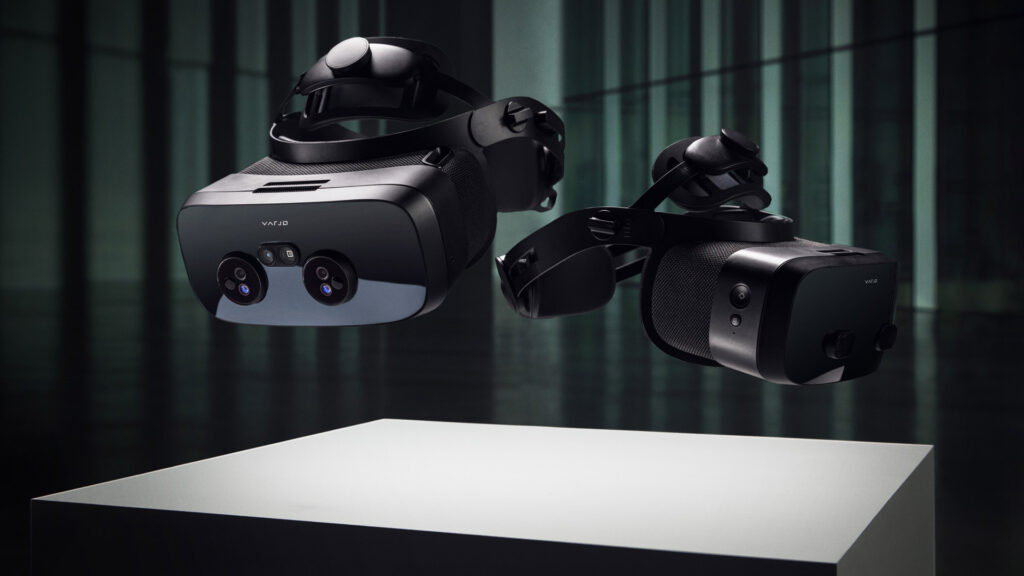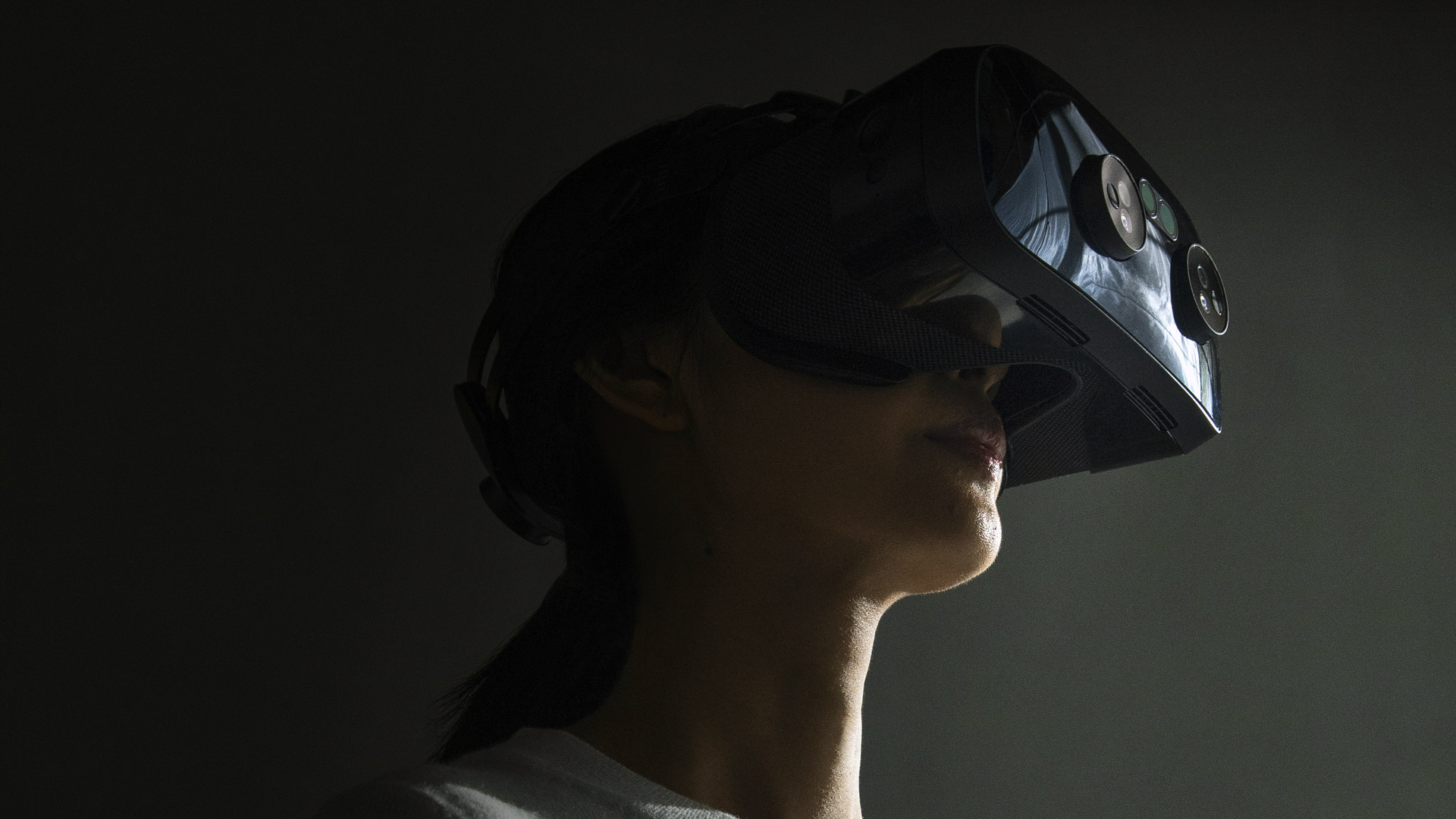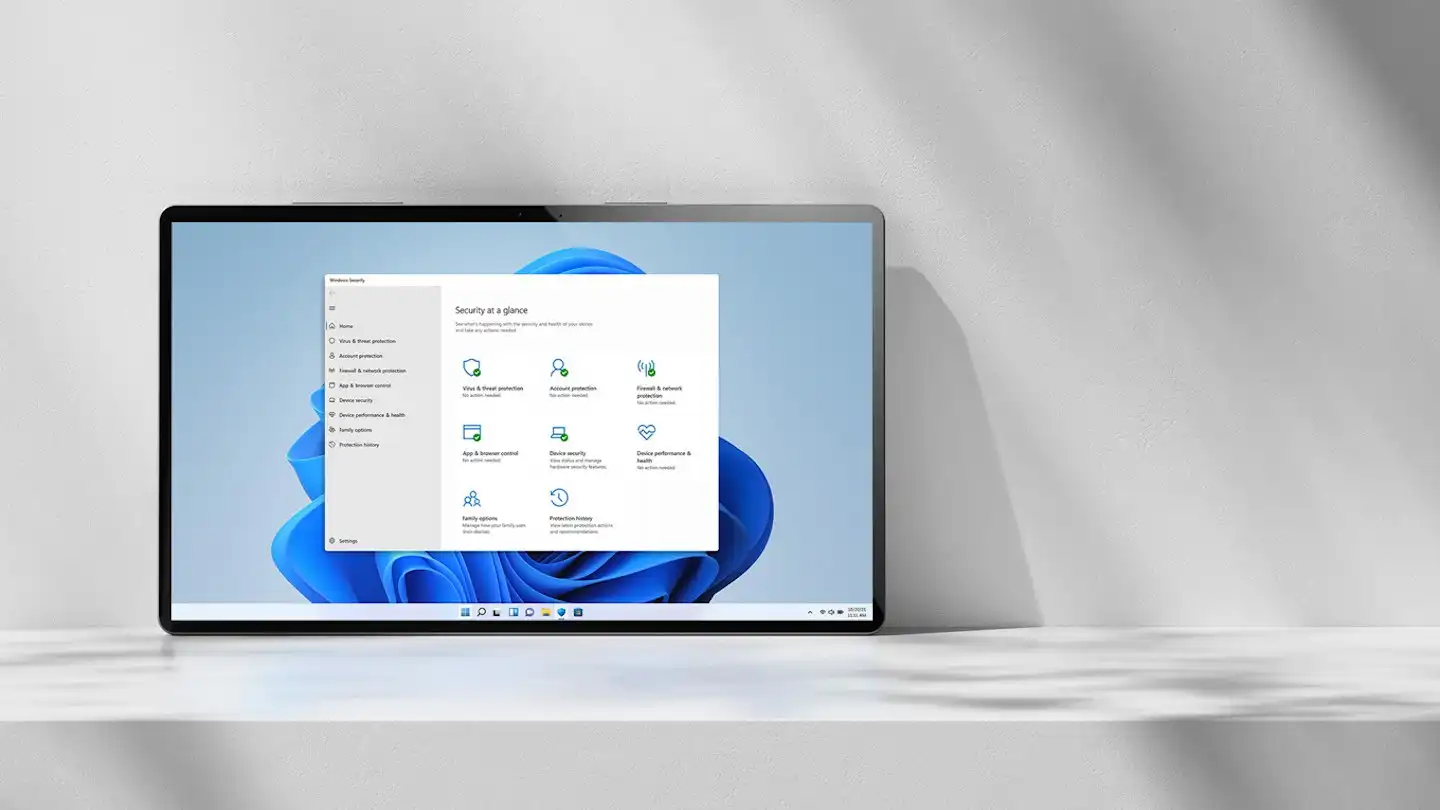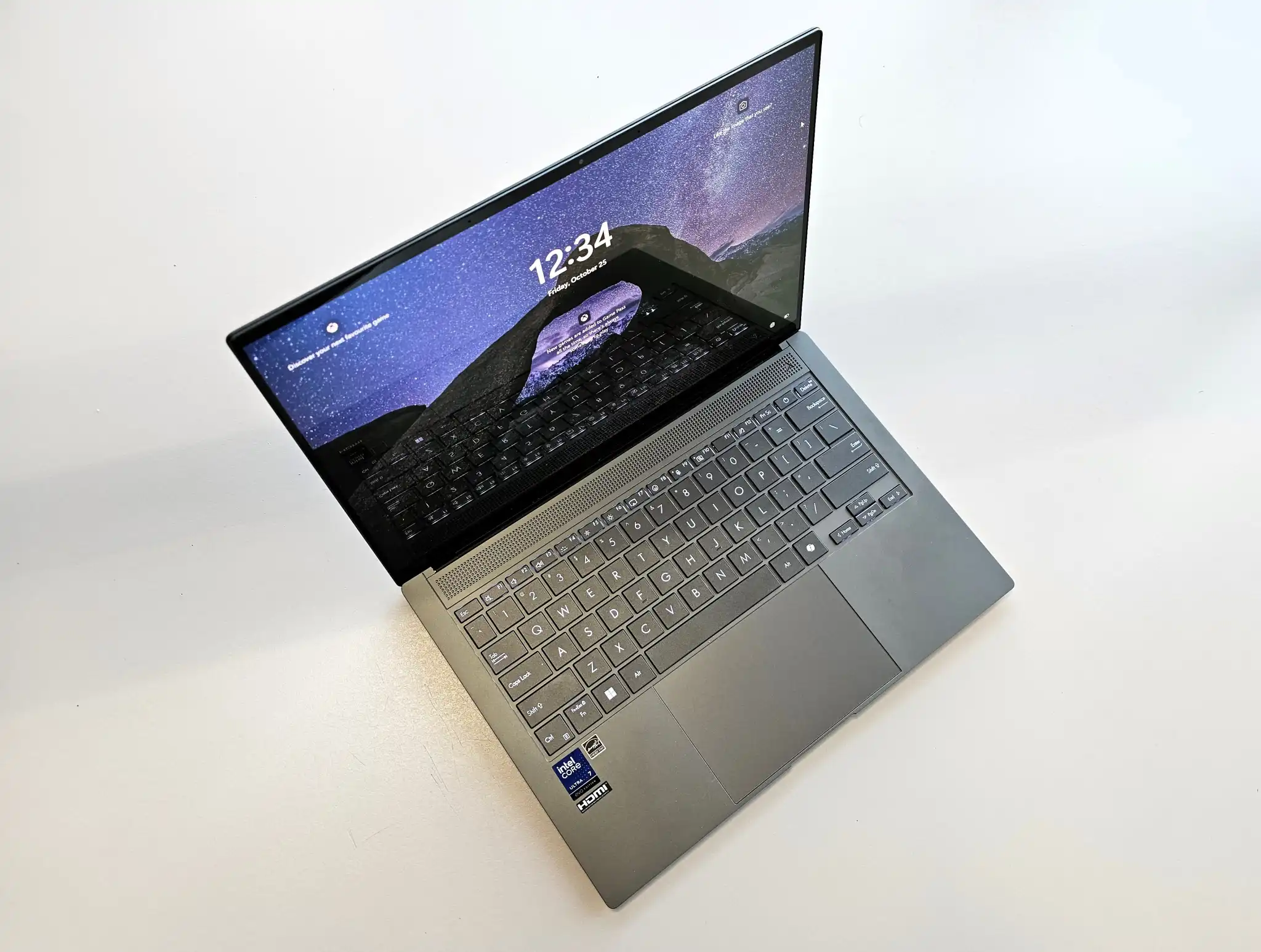
While Apple’s Vision Pro headset is gearing up to redefine the standards for AR and VR with groundbreaking resolution and camera quality, the tech world is already witnessing contenders in the mixed-reality arena. Enter Varjo, a Finnish tech startup that is set to release the XR-4, an industrial mixed-reality headset for PCs, promising an even higher headset resolution and a multifocal passthrough camera that aims to blur the lines between mixed and actual reality. Scheduled for release in December, the Varjo XR-4, though not for the consumer market, is generating significant anticipation.
Though I haven’t had the opportunity to experience the Varjo XR-4 firsthand, my past encounters with Varjo’s headsets leave me with little skepticism about their claims. Previous models have delivered jaw-dropping “retina level” display quality and advanced passthrough camera-based mixed reality features—attributes that align with Apple’s ambitions for the Vision Pro. Notably, Varjo’s hardware is a key component of OpenBCI’s sensor-studded Galea headset.
It’s important to note that the new Varjo XR-4 isn’t a standalone device; it requires tethering to a powerful PC for optimal functionality. However, the latest iteration addresses previous concerns by introducing its own controllers co-developed by Razer. Moreover, the lidar-equipped headset’s outer cameras now offer full motion 6DoF (six degrees of freedom) tracking without the need for external Steam VR base stations, streamlining the user experience compared to previous versions.
The XR-4’s specs sound wild. The field of view is bigger than before, adding a lot more vertical field of view than is normally standard: 120 degrees horizontal, and 105 degrees vertical. The pixel resolution is about 4K per eye (3,840×3,744 pixels per eye), with a density of 51 pixels per degree. (For reference, the human eye sees 60 pixels per degree in the fovea.) Varjo is using a single display panel per eye, instead of multiple panels used in previous headsets. The displays use Mini-LED, with 200 nits of maximum brightness.
Varjo’s lidar sensors, which handle depth sensing similar to how Apple’s AR tech works, are ramped up to a promised 8x resolution, which could mean better scanning of objects or hands into VR, and layering mixed reality into captures of the real world with more accuracy. The cameras are also improved, using dual 20-megapixel image sensors.
A more expensive Focal Edition adds a completely new idea – autofocus controlled by the headset’s built-in eye tracking to focus on things in the real world and layer virtual objects on top of them in a way that could feel even more like everyday focus-based vision. This isn’t varifocal VR like companies such as Meta have been exploring, but it could lead to a varifocal-like mixed reality feeling.
Varjo’s hardware and software are used for training and design, in situations like designing cars with Volvo – one of Varjo’s clients – or creating flight simulators with the US Department of Defense. This powerful, pro hardware is expensive, too: $3,990 for the regular XR-4, and $9,990 for the auto-focus Focal Edition — and that doesn’t even include the PC needed to run it. It makes the Apple Vision Pro seem affordable by comparison. But Varjo’s technology looks to be a counterpoint to a new landscape of ultrahigh-end mixed-reality headsets that could define what future, more affordable consumer devices will be capable of.




